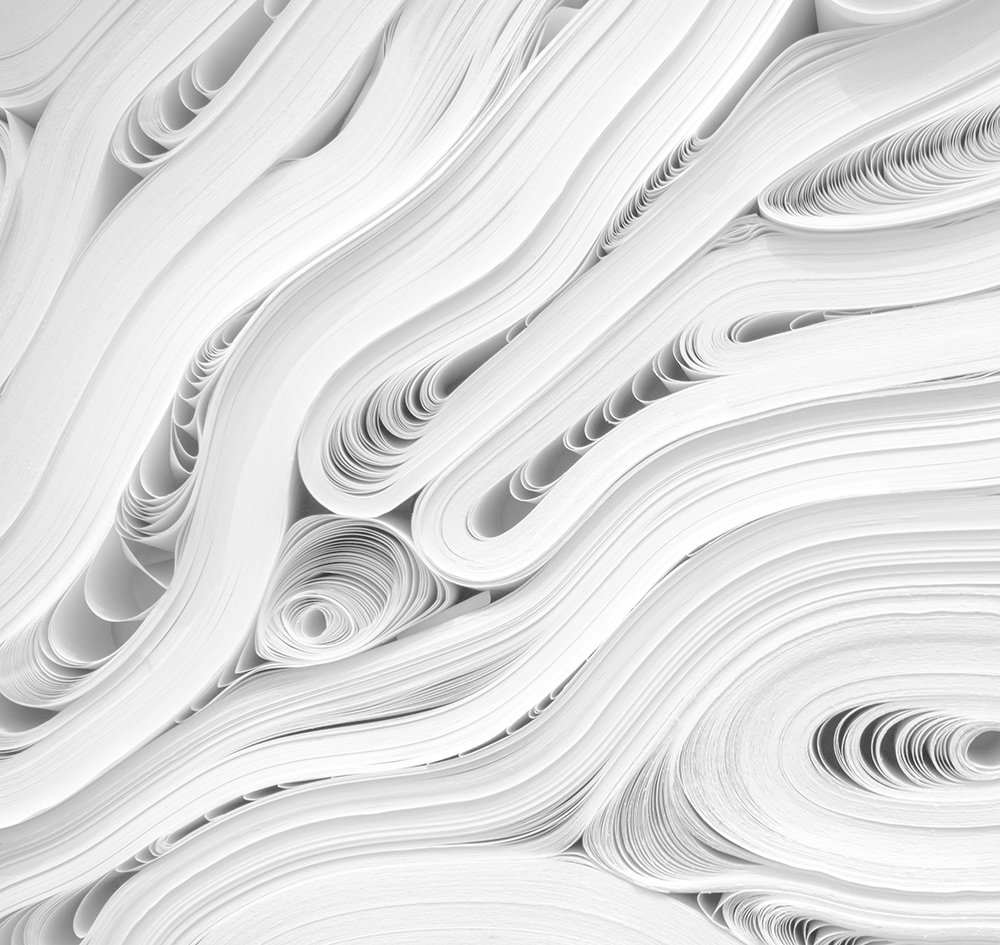Reorganisation of technical plant archives
Reorganisation of technical plant archives from existing and older plants
Technical paper-based archives in existing and older installations are customary. Since existing and older installations were partly built last century, documentation is often exclusively in paper form.
Furthermore, they are often in the same state as decades ago. Changes to older plants were often made at long intervals and the respective drawings and documents put into long untouched folders.
Is there a problem with that? Paper documents can only be searched through with tremendous effort. In particularly complex cases, folders must be removed from shelves and viewed page by page. There is no way to enter a search term and get back all of the corresponding results within milliseconds.
For this reason, order in paper archives is the only way to quickly find information. It is also the prerequisite for a correct reorganisation.
Information gathering will always come before information procurement.

Our path to a useable technical plant archive
With the reorganisation of your paper archive we will bring order back to your documentation and ensure that finding information in the future will take as little of your time as possible.Step 1 of the reorganisation: The analysis
We will check the status quo by analysing your existing archive and its structure and we will find out how you built your archive in the past.- How many folders are in it?
- How many loose documents are there?
- How many rolls of large drawings and plans are available?
- Are there any microfilms or other media containing information?
Step 2 of the reorganisation: we create archive guidelines
The archive guidelines determine how your future archive will be structured. This includes building regulations for:- Installations with extinguishing systems
- Installations with water pipes
- Light prevention
- Stability of storage devices such as shelves and cabinets
- Prevention of infestations
- Safety of fireproof doors
- Safety of lockable doors
- Aids to stop folders shifting
- Controlled access by a certain group of people
- Storage of original documents such as X-ray films, blueprints or thermo copies in lightproof containers
Step 3 of the reorganisation: execution
We now put all of the documents together surrounding one topic from all locations. This is basically a thematic order. Afterwards, all documents on a topic are checked for quality and any missing identification labels are supplemented through subsequent identification and various documents on the same topic are singled out for the current version. In the course of archiving, we then determine which documents are to be stored at which location: in which compartment and on which shelves. Ultimately, every document is registered with its storage location in the document management system. From this point on, a digitisation of the documents with the respective link to the DMS can take place.Contact person
